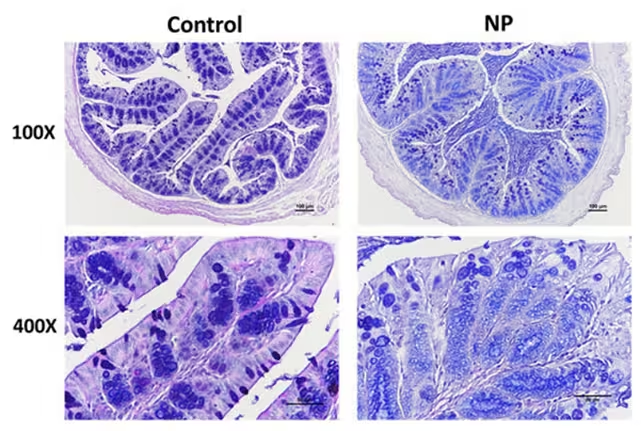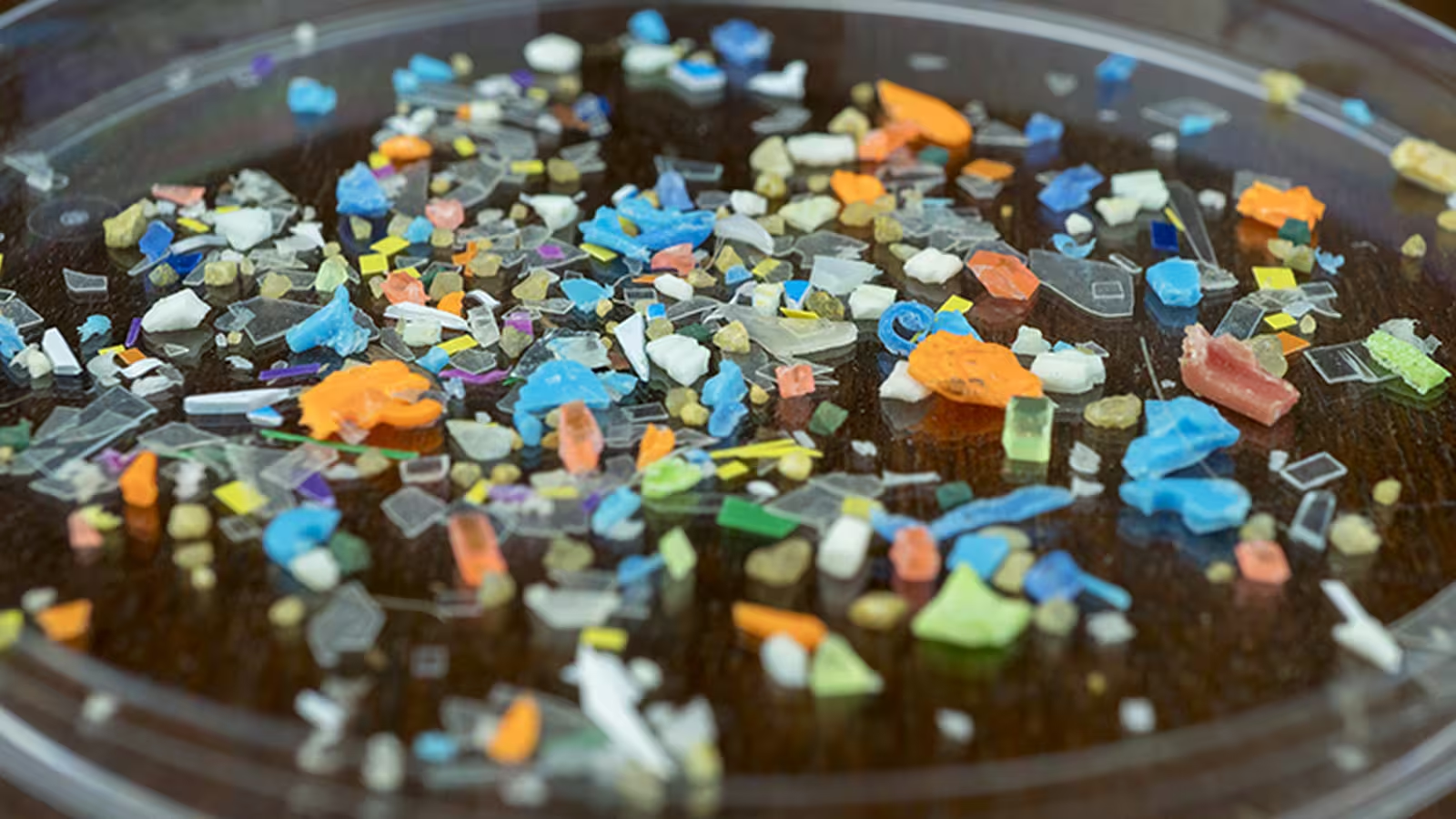4 Minutes
The Ubiquity of Microplastics and Human Health Concerns
Microplastics—tiny fragments of plastic less than 5 millimeters in size—have become pervasive in the environment and are increasingly detected in the human body. Recent scientific investigations have focused on potential health risks, with particular attention now turning to the impact microplastics may have on the gut microbiome and intestinal health.
Groundbreaking Study Examines Effects in Laboratory Mice
A research team from National Cheng Kung University in Taiwan has taken a closer look at how microplastics, specifically polystyrene nanoplastics, might affect gut health. In their controlled laboratory experiment, mice were fed these nanoplastics—each particle just 100 nanometers across, far smaller than a human hair—daily for 12 weeks.
The scientists conducted comprehensive analyses to observe changes at the molecular and microbiological levels. Their evaluations revealed shifts across several crucial biological markers: altered protein production, changes in gene activity, fluctuations in bacterial populations, and modifications in the microRNA code within gut cells. MicroRNAs are small molecules crucial for regulating cell function and communication.
Key Findings: Disrupted Gut Barrier and Microbial Changes
The results were concerning. Proteins essential for maintaining the gut's protective barrier were found to decrease, potentially making the gut lining more permeable and vulnerable to toxins and infections. The study also documented significant shifts in the gut microbiome:
- The population of Lactobacillus, beneficial bacteria known to support digestion and immune health, dropped.
- Levels of Ruminococcaceae, a group of bacteria sometimes linked to inflammation, increased.
- Unexpectedly, another group, Lachnospiraceae, was observed ingesting nanoplastics, a process which disrupted the release of extracellular vesicles—tiny communication packets between cells—that are important for regulating the production of protective intestinal mucus.
According to lead researcher Dr. Wei-Hsuan Hsu, "This study is the first to show that plastic particles can interfere with the microRNA carried by extracellular vesicles between mouse intestinal cells and specific gut microbes, disrupting host–microbe communication and altering microbial composition in ways that may harm the gut health of mice."

Interpreting the Results: Potential Health Ramifications and Scientific Context
While these mechanistic insights deepen our understanding of how microplastics interact with living systems, the implications for human health are still unfolding. The compromised gut barrier and disrupted bacterial balance observed in mice could, if replicated in humans, increase risks of inflammation, digestive disorders, or metabolic conditions.
However, there are essential caveats. The doses of nanoplastics administered in the study were substantially higher than levels most people are likely to encounter in a typical environment. Additionally, while mouse models provide valuable insights, they are not perfect analogues for human biology.
Immunologist Yueh-Hsia Luo from National Central University, who was not involved in the study, commented, "Given the current limitations in nanoplastic detection technologies and the uncertainties associated with extrapolating animal model results to humans, continued research is critical to accurately evaluate the potential long-term health effects of nanoplastics in humans."
Future Directions and Technological Challenges
This research highlights both a pressing scientific concern and the need for advances in nanoplastic detection and monitoring in humans. Understanding real-world exposure levels and developing methods to trace the movement and effects of microplastics and nanoplastics in human bodies will be essential for shaping public health recommendations and regulatory strategies.
For now, the evidence strongly supports further investigation into the possible risks microplastics pose—not only for wildlife, but for human health across the globe.
Conclusion
The Taiwanese study marks an important step in connecting microplastic exposure to tangible changes in gut microbiome and intestinal integrity, at least in laboratory animals. While definitive risks to humans remain to be clarified, the findings underscore the urgent need for more comprehensive research into how these pervasive pollutants may be affecting microscopic aspects of our health. As our understanding of microplastics' biological impacts deepens, so too must our efforts to mitigate exposure and protect human well-being.
Source: dx.doi



Comments